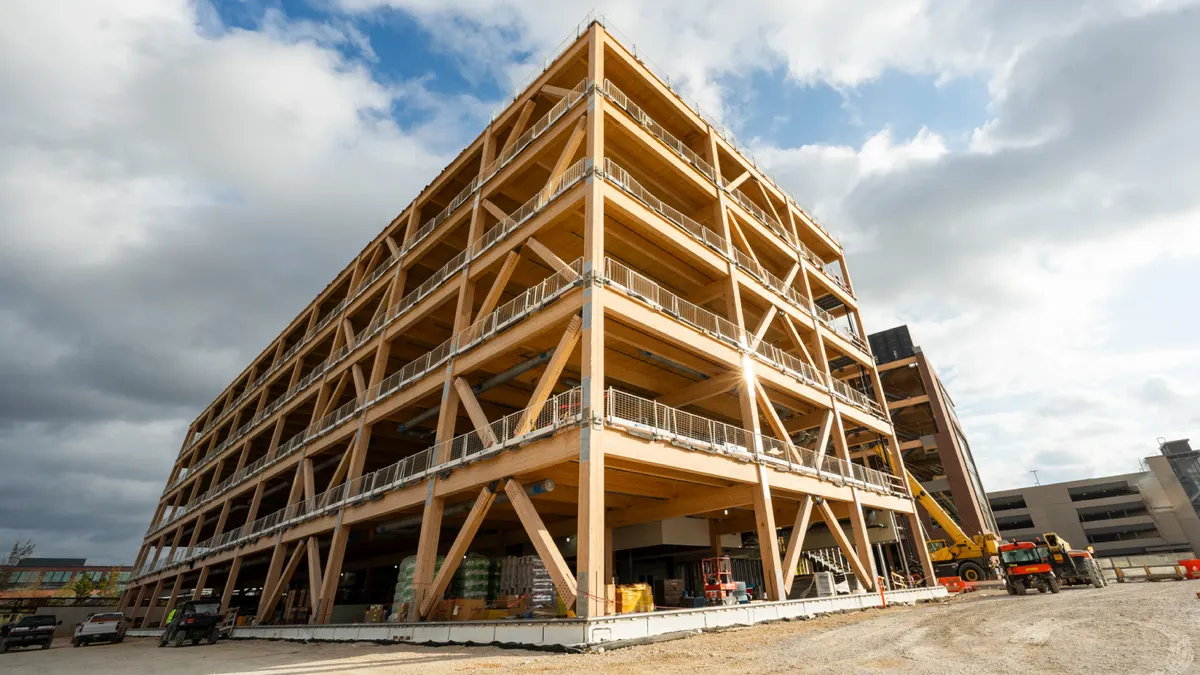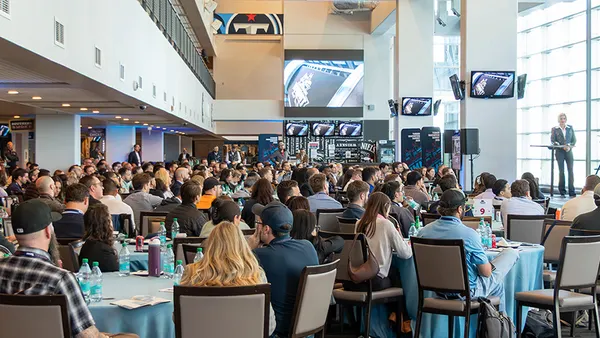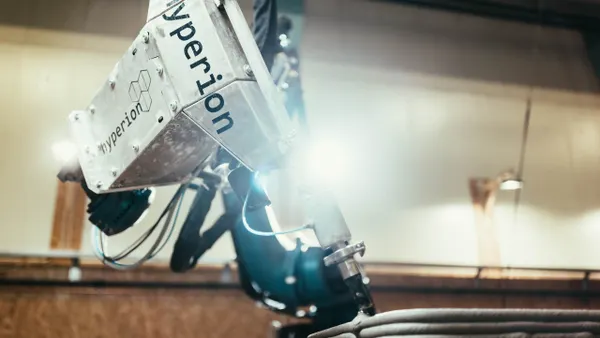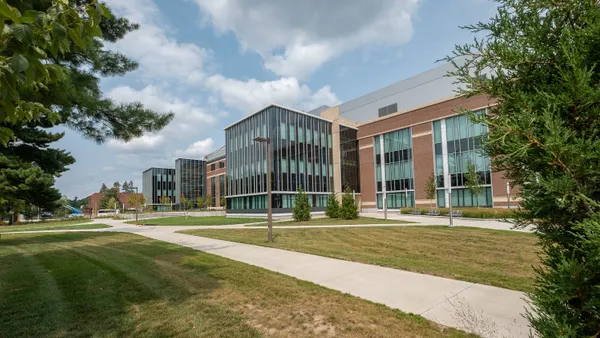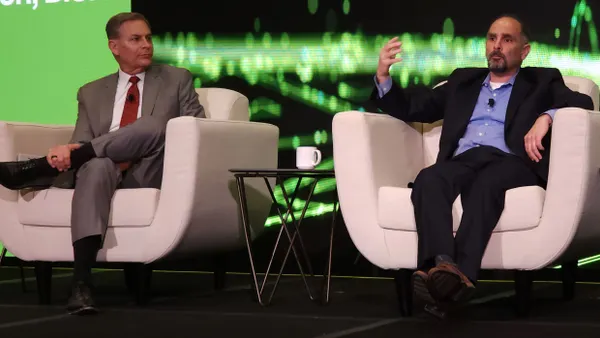First available for manufacturing businesses in the late 90s, ERP (enterprise resource planning) gained traction as a solution for connecting every part of a company under a ‘single source of truth’ in the 2000s, with innovations such as real-time data processing and cloud hosting accelerating adoption in the 2010s.
However, as technology evolves and solutions come and go, some early ERP adopters are trapped on systems that are no longer upgraded or add new features.
The construction industry is dynamic and must move fast to adapt to constant change — whether that is a change in local or national regulations, rising material costs or changing client plans and expectations.
10 Reasons For Construction Companies to Upgrade Their Construction ERP
- Limited Functionality - Legacy systems may not have features that are crucial for modern construction management.
- Issues with Scalability – Older systems can struggle to adapt to changing needs or handle increased project volume, hindering a company's ability to grow.
- Cybersecurity Vulnerabilities - Outdated ERP systems with no regular security updates become vulnerable to cyberattacks, putting sensitive project data at risk.
- Integration Issues – Legacy ERP systems face difficulty integrating with modern construction software such as field management tools.
- High Maintenance Costs - Maintaining and patching outdated systems can be expensive, diverting resources from other areas.
- Manual Processes and Data Entry - Manual data entry due to lack of automation leads to errors and inefficiencies.
- Limited Support for Modern Methods of Construction- Legacy systems may not handle the hybrid manufacturing and construction workflows of MMC.
- Hinders Talent Acquisition - A dated system can make a company less attractive to tech-savvy employees.
- Real-Time Data and Business Intelligence – Some legacy systems don’t have the ability to present data in real-time, meaning leaders miss out on the ability to make data-driven decisions.
- No Remote or Mobile Access – Older ERP systems may not have moved to cloud-enabled remote access on desktop and mobile applications, making remote work impossible and slowing operations.
By sticking with a legacy ERP, construction companies risk falling behind competitors who leverage modern systems for improved efficiency, collaboration and project management.
ERP Upgrade Case Study – A&G Services
Access Coins, a leading construction-specific ERP, recently spoke to A&G Services, an HVAC, Mechanical and Plumbing contractor based in Fort Worth, Texas, who faced this exact problem. Gretchen Riddle, Controller at A&G Services, described the experience of working on a ‘legacy’ ERP:
“A&G was on a first-generation ERP. It was simple but it wasn't scalable, so it didn't grow with us. There was a lot of double-checking to make sure that (the legacy ERP system) was talking back and forth all the time.
When we wanted to add a field solution it wasn't available, so we had to add a third-party software that didn't want to talk directly to the system. That software was cloud-based, but the legacy ERP was not, it was strictly server-based.
Those were our biggest struggles, getting everything working together at the same time.”
After reviewing the available ERP solutions on the market that would fit A&G’s requirements, the company decided to upgrade to a modern, cloud-based ERP solution developed specifically for specialty contractors in construction. Once implemented, the difference was clear -
“The visibility (of the new Access Coins ERP system) is absolutely paramount for us. Project managers are able to see their cost and their job progress in real time.
They're able to see that in real-time, all the time, wherever they are. If they're on vacation, if they're on the job site, if they're in the office, if they're at home, they're able to see that.
They're able to get information out of this system that they had to go to somebody else to gather information from, and now that extra step is gone.”
The Time For Digital Transformation in Construction is Now
Early ERP adopters shouldn’t be punished for their innovation, but it is an uncomfortable fact that many legacy ERP systems are no longer fit for purpose, especially in a sector where change is commonplace.
Upgrading and switching a legacy ERP system to a modern solution is a decision that will lead to increased efficiency, productivity and cost control, while also contributing to employee retention, client satisfaction and retaining a competitive edge in the sector.
Learn more about Access Coins ERP.
Download the Buyer’s Guide to Construction Management Software by Access Coins ERP.






